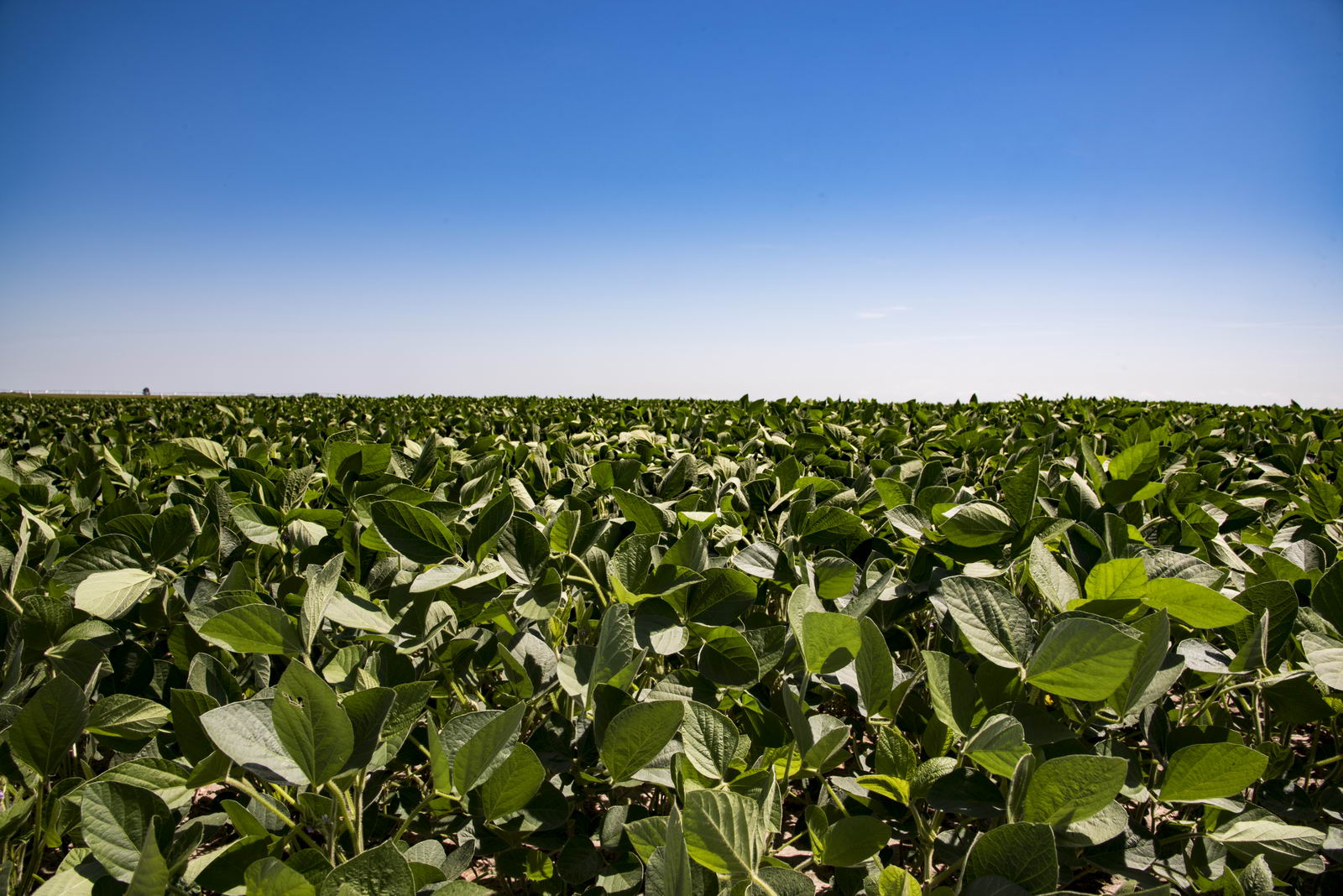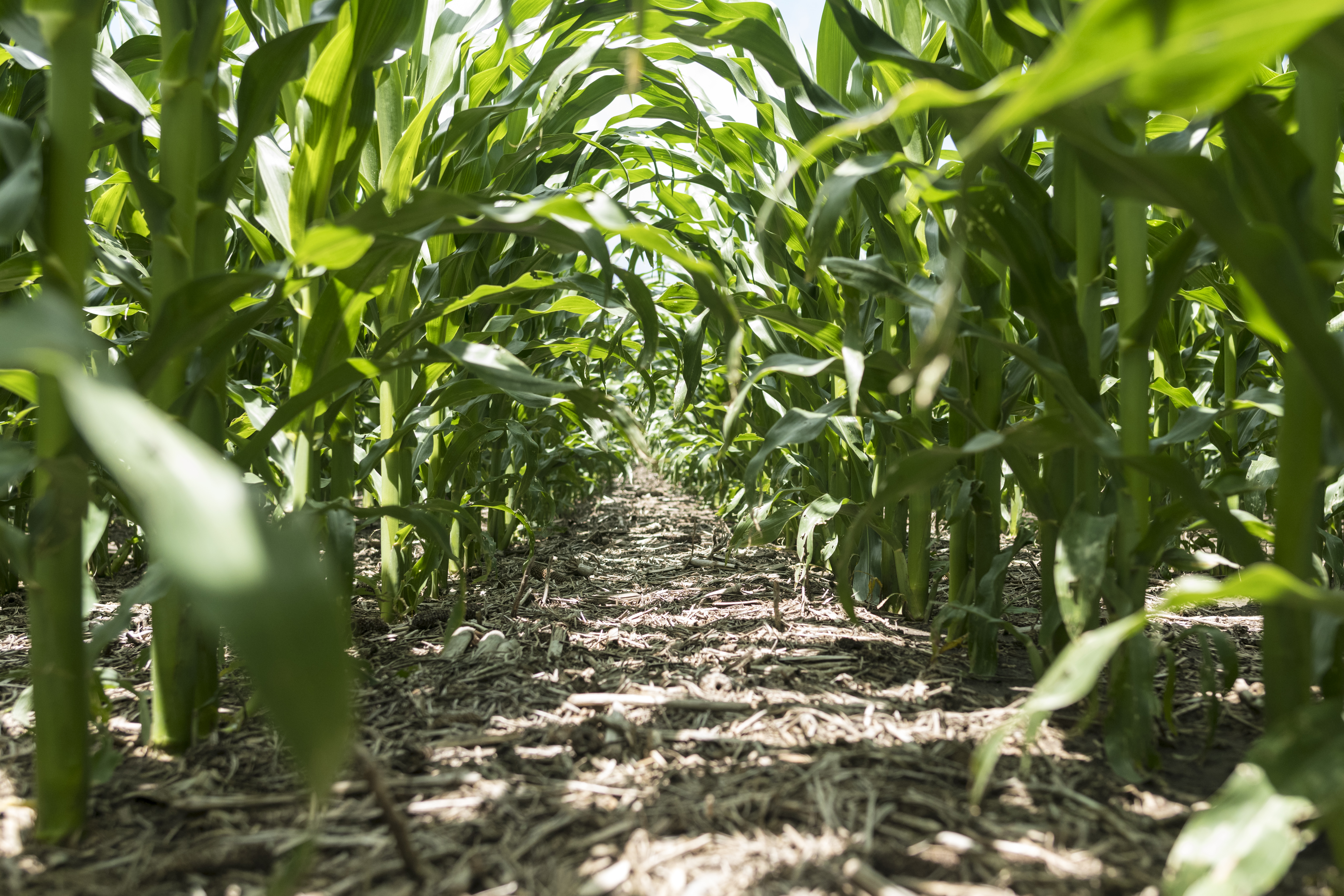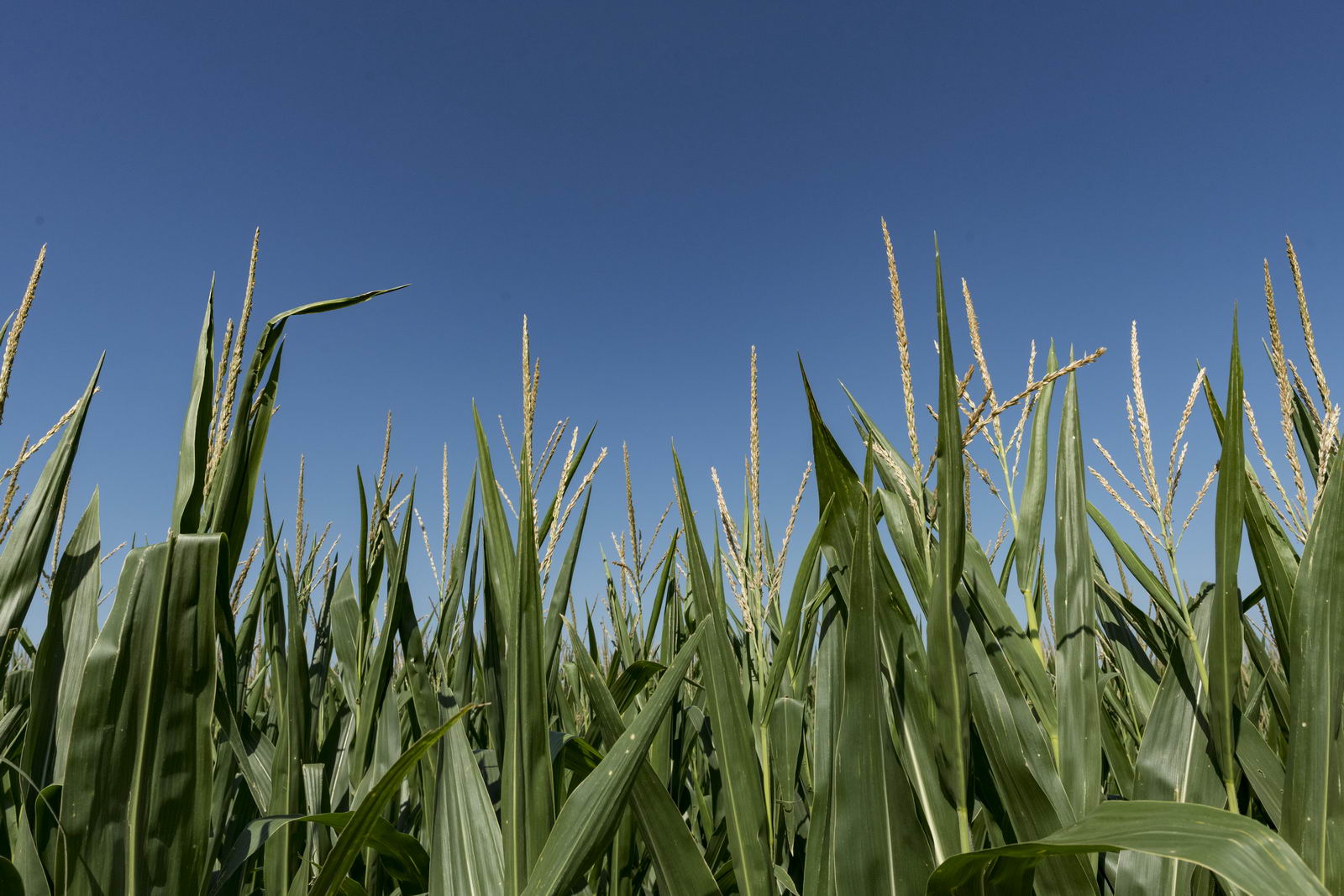The reasons for using a fungicide on corn or soybeans are exactly the same, to stop disease and promote plant health. Any leaf infected with disease spots will have its ability to work at peak efficiency reduced, and plants must stay healthy to maximize yield.
In areas affected by White Mold and Scleortinia Stem Rot, fungicide applications are common and the benefits are obvious. In other areas where these diseases are not prevalent, return on investment to fungicides have been mixed in the past. But, with recent advancements in fungicide active ingredients, higher yield responses are more consistent.
When White Mold and Scleortinia Stem Rot are not problems, improved yields have occurred with later applications in the R3 to R4 growth stages. At the R3 stage, there are new pods developing on at least one of the upper four most nodes of the plant. Treatments at this time are effective at management of Anthracnose, Frog Eye Leaf Spot, Cercospora Leaf Blight, and Pod and Stem Blight. Just like corn, selecting fungicide products that have both curative and preventative properties work best.
Fungicides are locally systemic products, meaning they will extend coverage through the leaf that encounters the fungicide, but not move to new growth. Since soybean plants continue to add new leaves well into reproductive stages, it is possible that most of the yield benefits come from improved plant health. Fungicides help plants produce nitric oxide and prevents the production of ethylene, which is the plant hormone that promotes ripening. Essentially, fungicides keep plants greener longer allowing more time for pods on the upper portion of the plant to reach full development, and fungicides reduce stress, which promotes better pod retention.
The R3 growth stage is also an ideal time for treatment of insects that feed on leaves or damage pods. R3 is also the time in which nitrogen fixation by the root nodules slow down, providing an opportunity for some yield increases by applying a foliar feed product containing nitrogen at this time. Soybeans usually respond positively to insecticide or foliar products when tank mixed with fungicides.



